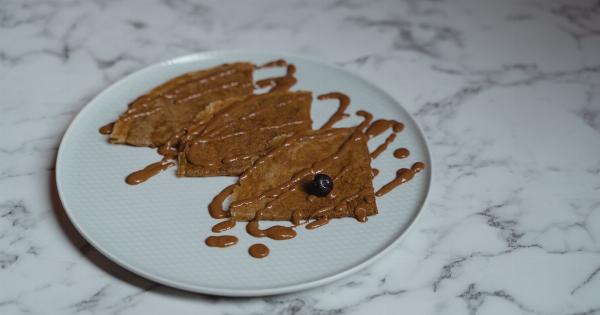Peanut allergies are the most common food allergies in children, and in severe cases, they can lead to life-threatening anaphylaxis.
For many years, the only treatment for peanut allergies was avoidance, but recent advances in research have led to new treatments that can help children build up their tolerance to peanuts.
What is a Peanut Allergy?
A peanut allergy is an immune system overreaction to proteins found in peanuts.
The body recognizes these proteins as harmful, triggering an allergic reaction that can range from mild symptoms like hives and itching to more severe reactions like anaphylaxis, which can be life-threatening.
Traditional Treatment for Peanut Allergies
For many years, the standard treatment for peanut allergies has been avoidance. This means avoiding peanuts and all peanut-containing products.
This can be difficult, as peanuts are common in many different types of food, and products that may not contain peanuts can be contaminated with peanut residue. Children with peanut allergies must always be vigilant about what they eat and must be prepared to use an auto-injector of epinephrine in case of accidental exposure.
Revolutionary Treatments for Peanut Allergies
In recent years, researchers have been developing new treatments to help children build up their tolerance to peanuts.
These treatments are designed to desensitize the body to peanuts, so that exposure to peanuts no longer triggers an allergic reaction.
Oral Immunotherapy (OIT)
Oral immunotherapy (OIT) is a treatment that involves feeding allergic individuals tiny amounts of the allergen (in this case, peanuts) over time, slowly increasing the dose until they are able to tolerate a certain amount without experiencing an allergic reaction. The goal of OIT is to desensitize the immune system to peanuts so that exposure to peanuts no longer results in an allergic reaction.
OIT is typically performed under the supervision of an allergist in a clinical setting and requires regular follow-up appointments and monitoring. The process can take several months or even years, and the risk of a severe reaction is always present.
However, studies have shown that OIT can be effective in up to 80% of patients.
Sublingual Immunotherapy (SLIT)
Sublingual immunotherapy (SLIT) is a treatment that involves placing drops of peanut extract under the tongue and holding them there for several minutes before swallowing. Like OIT, SLIT is designed to desensitize the immune system to peanuts.
However, unlike OIT, SLIT does not involve actual ingestion of peanuts.
SLIT is often used in conjunction with OIT to help maintain tolerance levels once the patient has been desensitized to peanuts.
Epicutaneous Immunotherapy (EPIT)
Epicutaneous immunotherapy (EPIT) is a new treatment that involves applying a patch containing peanut proteins to the skin. The patch is worn for a set period of time and is replaced with a new patch daily.
Like OIT and SLIT, EPIT is designed to desensitize the immune system to peanuts.
EPIT is still being studied, but early results have shown promise. In one study, 46% of children who used the patch for one year were able to tolerate 1,000 mg of peanut protein without experiencing an allergic reaction.
The Future of Peanut Allergy Treatment
Advances in research are constantly leading to new treatments for peanut allergies.
One of the most promising treatments currently being developed is biologic immunotherapy, which involves using molecules to block the specific immune cells responsible for producing allergic reactions to peanuts. This could potentially provide a more targeted and long-lasting treatment for peanut allergies.
Conclusion
For years, the only treatment for peanut allergies was avoidance. However, recent advances in research have led to new treatments that can help children build up their tolerance to peanuts, reducing the risk of life-threatening reactions.
Parents of children with peanut allergies should consult with an allergist to determine the best treatment plan for their child.




























